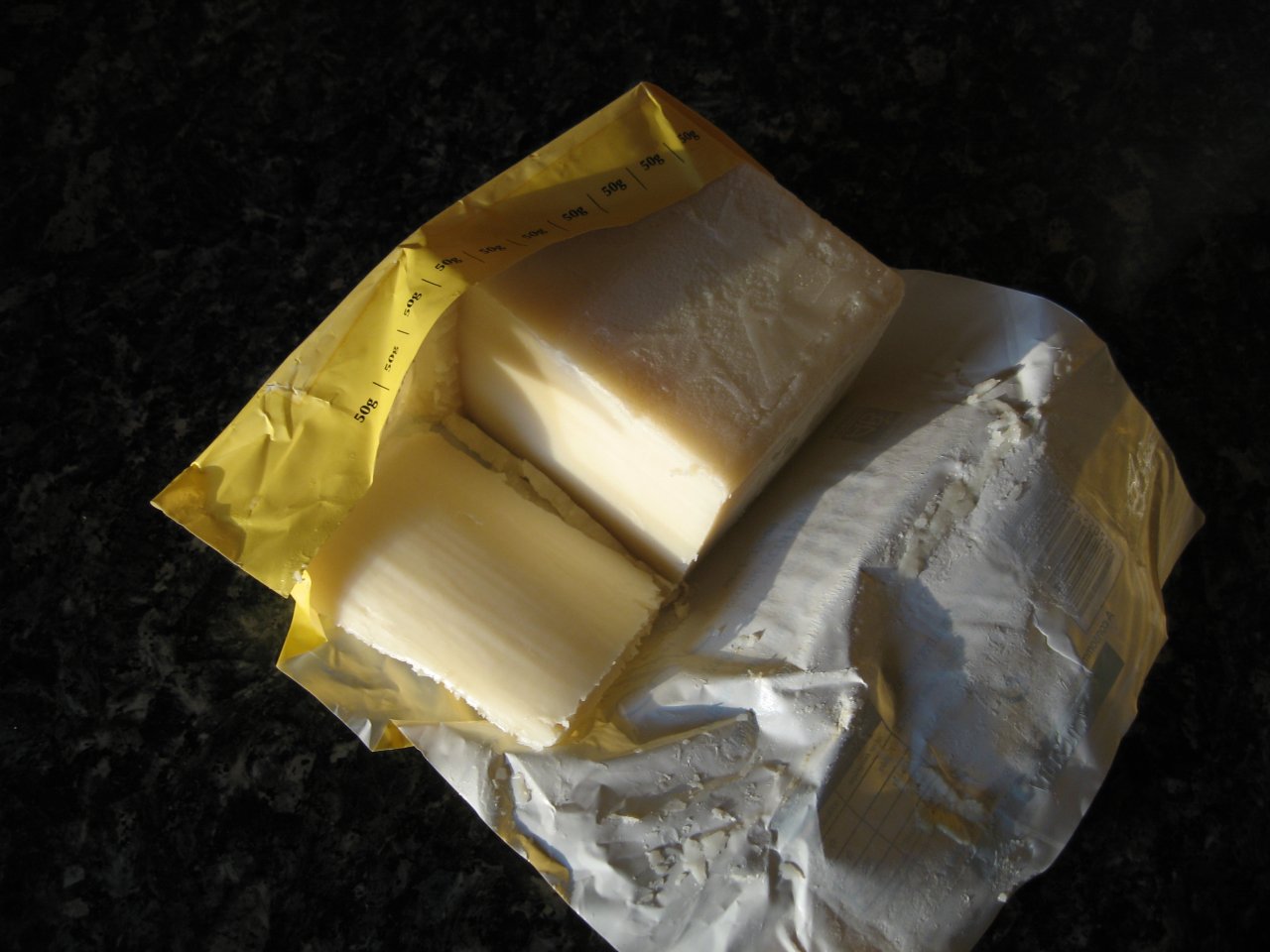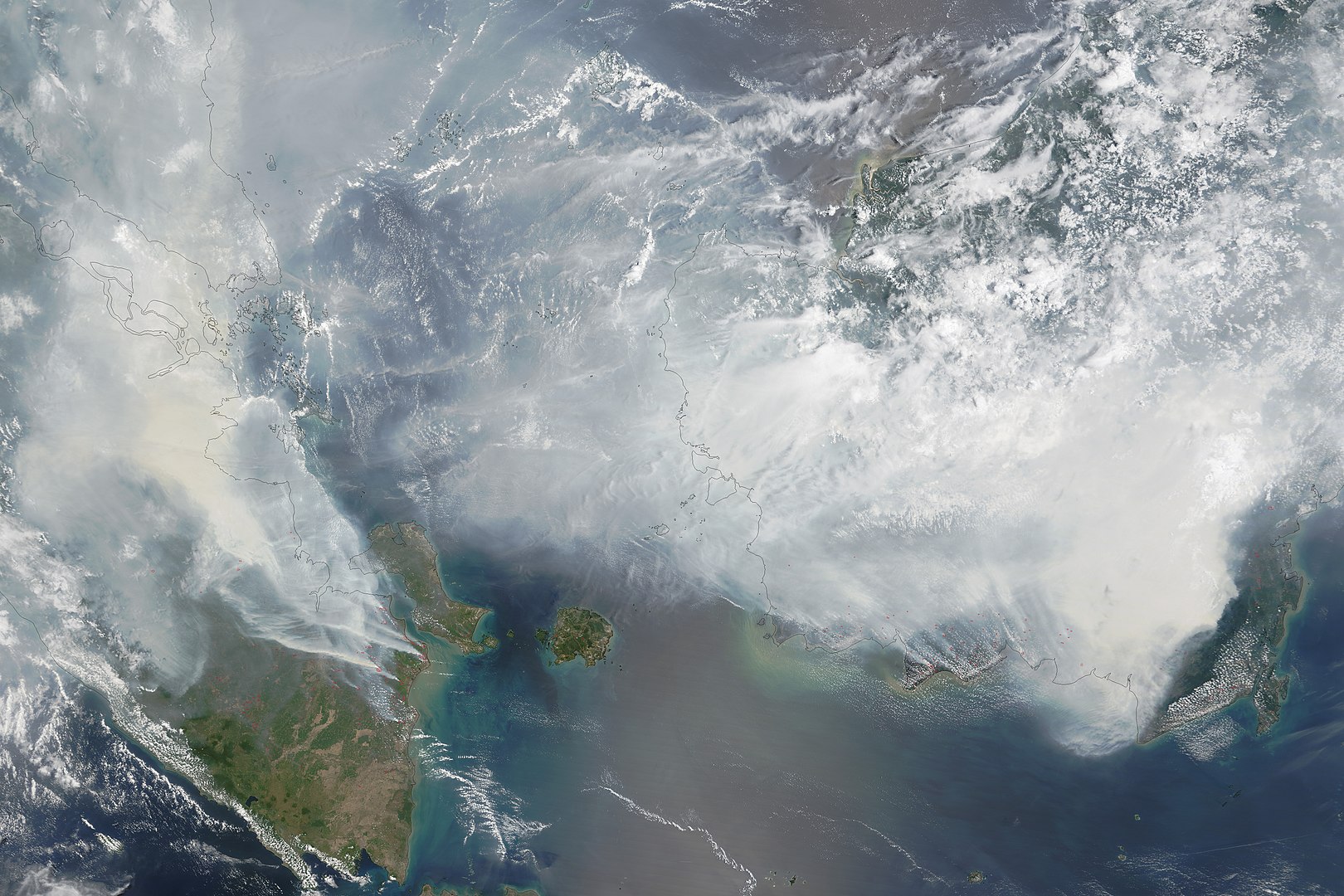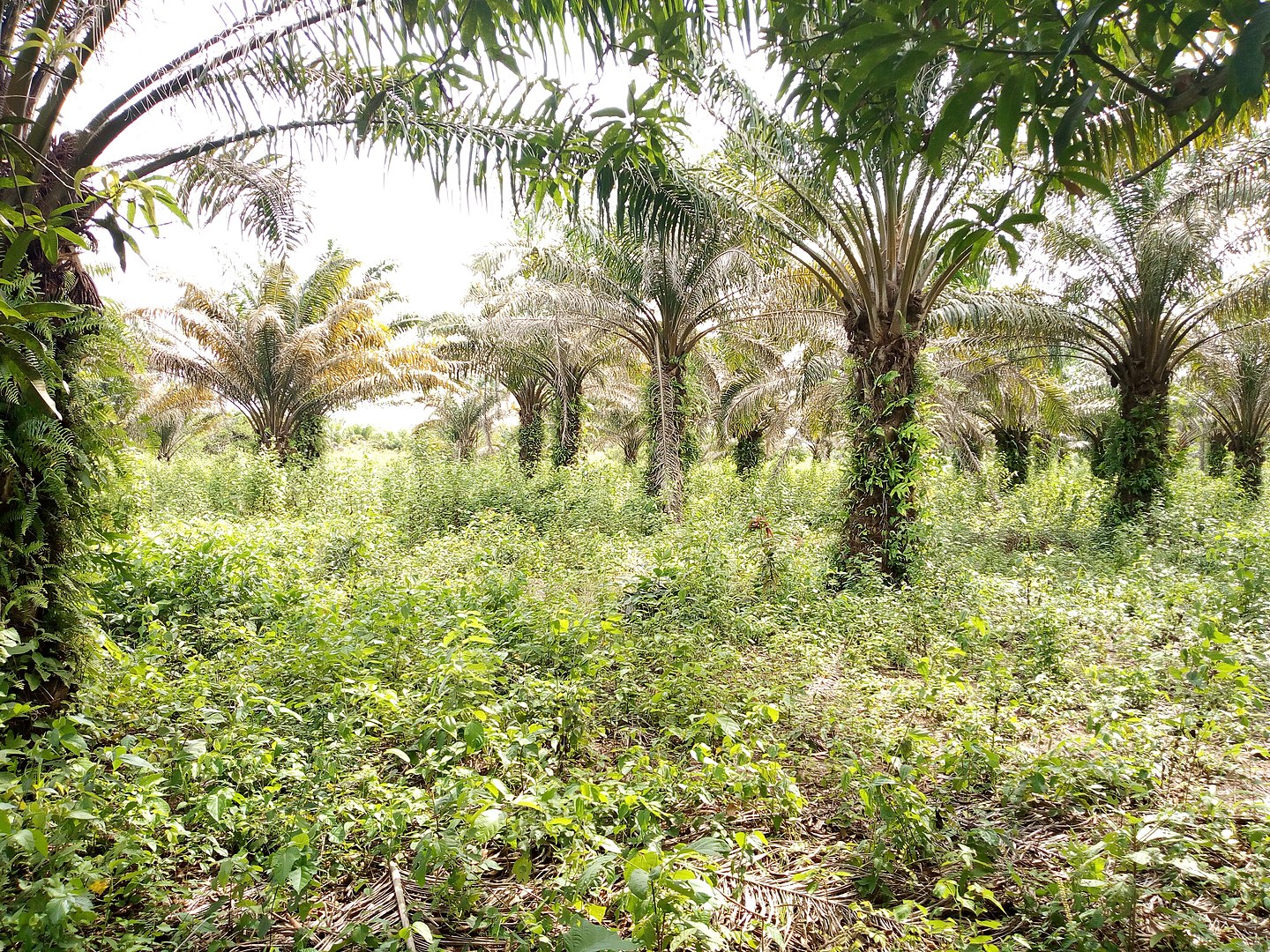
You may not be aware, but most of the food you eat probably contains palm oil. As the most widely-consumed cooking oil in the world, palm oil drives a big part of the economy. A useful and versatile product, palm oil also has many applications in the home and beyond, with some even claiming medicinal or therapeutic properties. However, there is a dark side to the booming palm oil industry. Find out more about this product with these palm oil facts.
- Saturated fat makes up about 49.3% of palm oil.
- Hydrogenated palm oil has even more saturated fat, at 88.2%.
- Unrefined palm oil also contains tocotrienol, a good source of Vitamin E.
- Indonesia produces the most palm oil out of any country in the world, at 34.5 million tons every year.
- Malaysia follows Indonesia’s palm oil production, at 18.8 million tons every year.
- Humans have used palm oil as far back as 5000 years ago.
- Archaeologists have discovered palm oil in Ancient Egyptian tombs from around 3000 BC.
- People in West and Central Africa have always used palm oil for cooking.
- They also sold it to European traders, also for use in cooking in Europe.
- With the Industrial Revolution, palm oil demand exploded for its use as a machine lubricant.
- Palm oil became the top export of West Africa as of 1880.
- Cocoa, however, later replaced palm oil as West Africa’s top export as of 1890.
- Germans in Cameroon pioneered modern palm oil production techniques in 1902.
- The use of non-hydrogenated palm oil for cooking quickly grew over the 1940s.
- Malaysia became the world leader in palm oil production between 1970 to 1990.
- As of 2016, the global palm oil industry has a value of an estimated $39.3 billion.
- The world produces an estimated 73.5 million tons of palm oil every year.
- Palm oil has soybean oil as its biggest competitor, with 30.6 million tons produced every year.
- The European Union (EU) strictly forbids labeling palm oil as generic vegetable oil.
- The EU also requires that products containing palm oil as one of their ingredients list it down along with other ingredients.
Three different palm tree species produce palm oil.
The most common is Elaeis guineensis, also called the African oil palm, which all modern palm oil comes from. Another variant is the Elaeis oleifera, which is otherwise known as American oil palm. That said, people have combined the two species to reduce the amount of saturated fat in the resulting oil. Finally, the Attalea maripa or maripa palm is used only for localized palm oil production.
Palm kernel oil is a completely different thing from palm oil.
Palm kernel oil comes from the crushed seeds of the palm fruit. However, palm oil comes from the pulp of the fruit itself.
Palm oil comes out with the color red.
This color results from the presence of carotenoids, such as alpha and beta-carotene, as well as lycopene. Naturally, this makes red palm oil much healthier than its refined form. How’s that for interesting palm oil facts?
Refining palm oil is a long and complex process.
First, the red palm goes through fractionation, which separates it into solids and liquids. Then, the solids are melted and degummed, which removes impurities from the oil. Through degumming, filters remove fine impurities in the oil, before bleaching it to remove any odors it might have.
This process results in Refined, Bleached, and Deodorized Palm Oil (RBDPO) seen in the market. From there, the residual liquid free fatty acids from fractionation become raw materials used in manufacturing.
People can use red palm oil without refining it first.
Red palm oil can be used not just for cooking, but also as an additional ingredient for other foods such as mayonnaise. Manufacturers also mix it with other oils to make different kinds of composite vegetable oil.
Palm oil’s most common use is in cooking.
Virtually all processed food in the market includes palm oil in various amounts, such as potato chips and even peanut butter. Palm oil can also substitute hydrogenated fats such as butter in baking and frying. Definitely one of the palm oil facts you’d want to taste for yourself.

People have also used palm oil in animal feed.
Specifically, cow farmers in Germany use animal feed that includes palm oil along with other ingredients. These ingredients include milk, whey, and coconut oil.
It also has use as a biofuel.
Palm oil goes through hydrogenolysis to turn it into biodiesel, but no one actually uses pure biodiesel as fuel. Before using it as fuel for vehicles, biodiesel has to be mixed with petroleum-derived diesel. In the EU, biodiesel must meet the EN 14214 Standard before producers can sell it to customers on the market.
Today, around half of Europe’s palm oil imports end up as biodiesel. The world’s largest palm oil biodiesel plant can be found in Singapore. Since its opening in 2011, the Neste Oil Biodiesel Plant has produced up to 800,000 tons of palm oil biodiesel every year.
You can also find palm oil in soap.
Even as back as the 19th Century, the Lever Brothers, today known as Unilever, used palm oil to produce their trademark Sunlight soap. The Palmolive brand of soaps also includes palm oil in the raw materials they use for their products. How’s that for neat palm oil facts?

Some people claim that palm oil has medicinal benefits.
Specifically, people apply palm oil to wounds for the oil’s supposed antimicrobial properties. However, no medical or scientific study has found any actual evidence that those properties exist at all. Definitely one of those Palm Oil Facts you should watch out for.
Palm oil production has had a mixed effect on society.
On one hand, the palm oil industry provides jobs, improves the local infrastructure, and overall reduces the degree of poverty. On the other hand, many cases also exist of the expansion of the palm oil industry coming at the expense of indigenous peoples.
Officially, indigenous people must receive compensation for the use of their land to support the palm oil industry. For some, these peoples do receive the promised compensation. However, there are also instances where they never receive the promised compensation while suffering threats and physical attacks by those in the industry.
Palm oil production has also had a negative effect on the environment.
In particular, the palm oil industry has significantly added to the rate of the planet’s deforestation. In Southeast Asia, especially in Indonesia and Malaysia, people have burned down large areas of jungle to make way for palm oil plantations. This method of clearing the jungle also adds additional greenhouse gases to the planet’s atmosphere.
Even without that, the destruction of the jungle also costs many animals their homes. It has also worsened the condition of several endangered species, with the orangutan especially hard-hit by the loss of its habitat.
The 2015 Southeast Asian Haze drew massive attention to the palm oil industry.
Lasting from June to October 2015, a haze of smoke rose from Indonesia and drifted across the whole of Southeast Asia. The sheer amount of smoke in the air got so thick that it became visible to the naked eye from space. With the smoke, over 500,000 people across the region fell ill with respiratory problems because of the haze.
Upon investigation, it was found that the smoke came from widespread forest fires across Sumatra and Kalimantan, deliberately set to clear the jungle for agricultural use. The investigation also discovered that a large part of the burned land was meant for future use as palm oil plantations. This led to the Indonesian government revoking the permits of all companies involved in the jungle clearance.

Environmentalists have also included palm oil production in the food vs fuel argument.
The argument as a whole criticizes farming not to produce food for people, but rather to grow crops to produce biodiesel. In particular, critics point to this resulting in malnutrition and even starvation in Third World countries, such as those which heavily produce palm oil.
Meanwhile, defenders of the industry argue that palm oil provides both edible food and a source of biofuel. Therefore, they claim that the argument should not have to include palm oil as part of its debate.
Experts have also noted that palm oil makes for a poor raw material to make biodiesel from.
A European study discovered in 2018 that palm oil-based biodiesel actually produces three times as much carbon emissions as petroleum-based diesel. With that, they concluded that using palm oil to supplement diesel as a fuel source does not actually help the environment at all.
Even more so, since expanding palm oil plantations tend to involve the destruction of jungles more often than not. Now, there’s one for concerning palm oil facts.
Human Rights are a major issue in the palm oil industry.
Unfortunately, children, form a large part of the labor force working the palm oil plantations in Southeast Asia. Despite the fact that child labor officially goes against the law, both children and adult women face sexual abuse as they work in the palm oil plantations.
Aside from this dark reality, they also face exposure to certain pesticides like glyphosate and paraquat, which have been linked to cancer and Parkinson’s disease.
Medical professionals express major concern on large-scale human consumption of palm oil.
On average, each person around the world tends to consume 7.7 kg of palm oil every year. Considering that palm oil tends to have between 50% to 90% saturated fat, medical professionals unanimously find this concerning. Even more so, as all research points to such large-scale consumption of palm oil as having negative effects on the human body.
In particular, studies done in 2015 and 2017 show that palm oil consumption increases the risk of cardiovascular disease in general. Those same studies thus recommend the reduction or even stopping the consumption of palm oil. Instead, non-hydrogenated vegetable oil will prove healthier replacements.
Palmitic acid in palm oil is also a major health concern.
Making up 44% of palm oil, palmitic acid increases Low-Density Lipoprotein (LDD) and cholesterol in the blood. In turn, this causes an increased risk of cardiovascular disease, which naturally makes it a concern for health professionals.
Not all countries that produce palm oil export it.
In West Africa, Benin produces a lot of palm oil towards its southern regions. However, statistics show that most of what’s produced comes from small, non-commercial holdings, grown and harvested with traditional methods. Instead of being exported, most of the resulting oil is used domestically in local households instead of selling on the market.

A few countries have blocked efforts to set up palm oil production on their soil.
In 2012, the American-based Herakles Farms attempted to set up palm oil production in Cameroon. However, they dropped the project in the face of opposition from civil societies across the country. Reasons for the opposition vary, ranging from local communities fearing the loss of their homes and livelihood, as well as national fears of the threat development posed to Cameroon’s biodiversity.
Was this page helpful?
Our commitment to delivering trustworthy and engaging content is at the heart of what we do. Each fact on our site is contributed by real users like you, bringing a wealth of diverse insights and information. To ensure the highest standards of accuracy and reliability, our dedicated editors meticulously review each submission. This process guarantees that the facts we share are not only fascinating but also credible. Trust in our commitment to quality and authenticity as you explore and learn with us.
